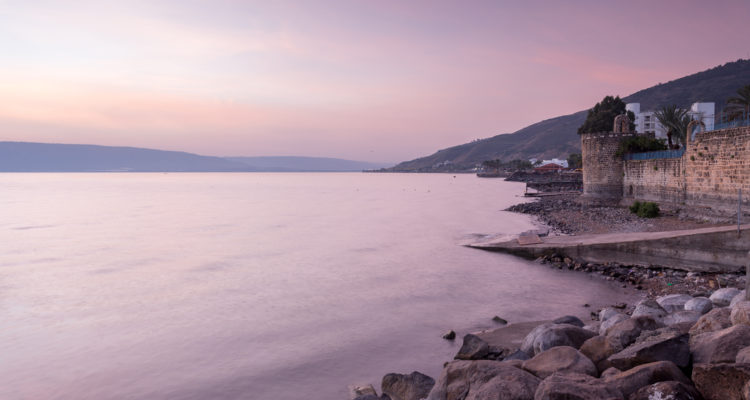Thirty percent of the country’s potable water is supplied by the Kinneret.
By Aaron Sull, World Israel News
A ray of light is shining upon the Holy Land’s main source of fresh water for the first time in 28 years.
After rising one centimeter over the weekend, the Kinneret (Sea of Galilee) is only 20 centimeters away from reaching max capacity, Israel’s N12 news site reports.
After years of drought causing dangerously low water levels, Israel’s main source of freshwater has risen dramatically following two seasons of significant rainfalls. It has reached the point where a dam may be opened to release excess water.
“In just two years, the Kinneret has risen by more than 5.5 meters,” said Dr. Amir Givati, director of flood modeling at the company ClimaCell.
“The Kinneret will continue to rise in the coming days and already by the beginning of May the level is expected to stabilize for the first time since February 1992 at the top of the red line, which means a full Kinneret,” he added.
If indeed the Kinneret reaches full capacity, authorities will open the Degania Dam to prevent flooding in Tiberias and other nearby towns and cities.
Built in 1931, Degania Dam has not been opened since 1992. Prior to that it hadn’t been opened since 1969.
Israel relies heavily on the Kinneret for freshwater, from which about 30 percent of the country’s potable water is supplied. Israel’s food supply relies heavily on the agriculture, fisheries, and dairy farms that are sustained by the 167-square-kilometer lake.
In addition, the Kinneret is a prime tourist attraction and religious site.
Given the shrinking freshwater supplies, the Israel Water Authority has increasingly looked to the Mediterranean Sea as a water source by means of desalination.





